Perhaps one of the best advantages to growing your own vegetables and fruits from open-pollinated seeds is that you can save seeds. Harvesting the seeds of your best performing plants and saving them for the next year’s garden not only keeps gardening costs low, but it also ensures that each year your garden produces healthier, more productive plants that are better adapted for your specific soil and growing conditions.
Until recently, this was how all gardening was done. It resulted in an abundant variety of sturdy, disease-resistant vegetables and fruits that held up well in home gardens. Today, the variety is being swallowed up by patented seeds.
The videos below, produced by one of my favorite video blogs, Cooking Up A Story, demonstrate how you can harvest and save seeds. I encourage you to experiment with doing this as your summer garden comes to an end. So, watch the videos, be encouraged, and be bold!
I wrote this post while participating in the Sowing Millions Project by Real Food Media on behalf of Seeds of Change. I received product to facilitate my post. However, my thoughts and opinions are my own and not of those of Real Food Media or Seeds of Change.
(photo by meganpru)
 |

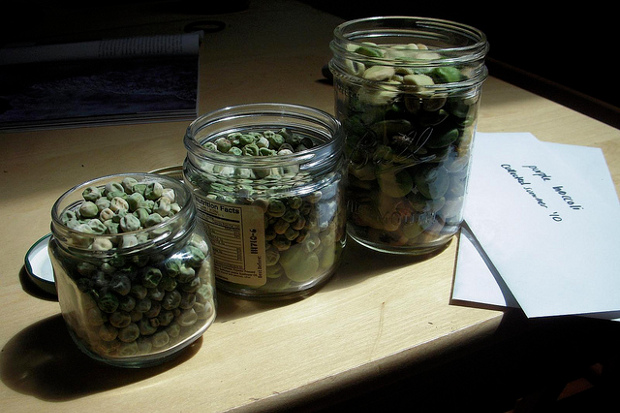
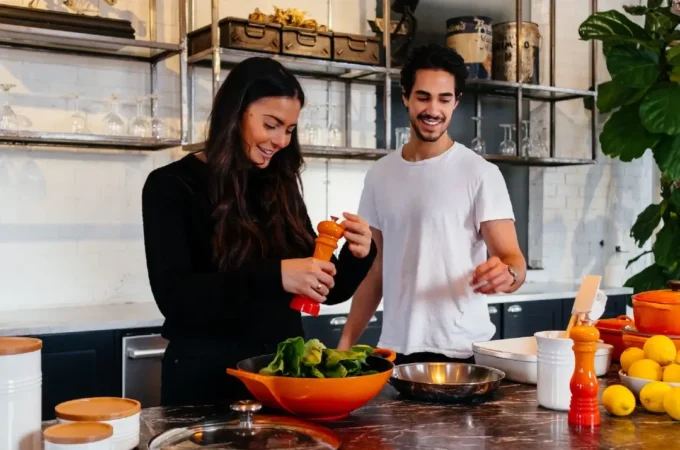
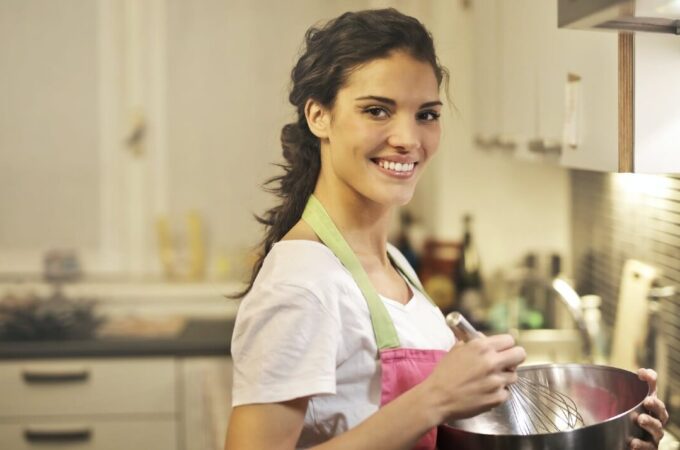
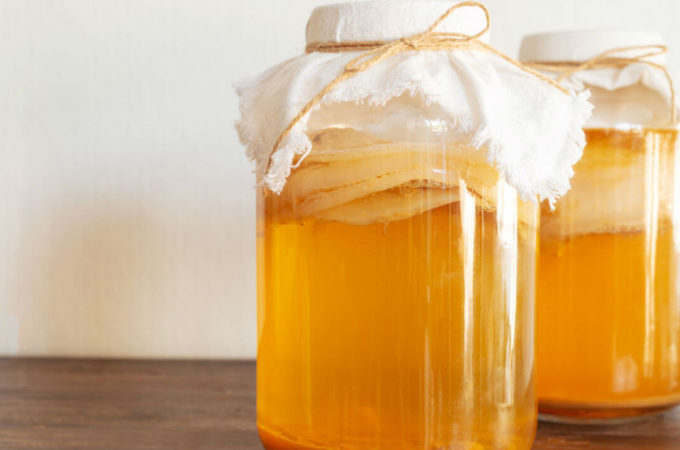
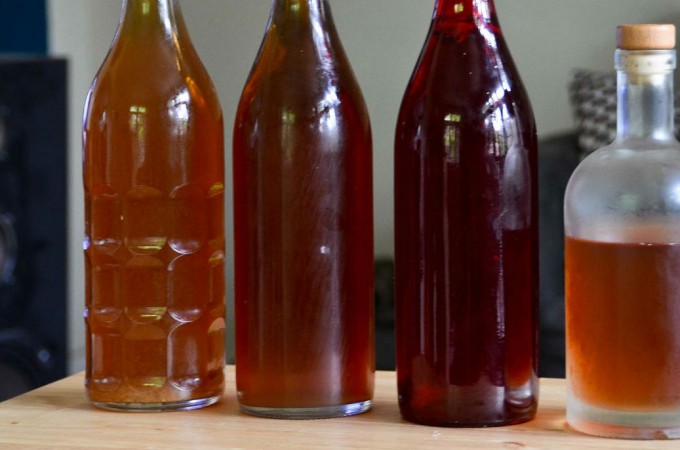
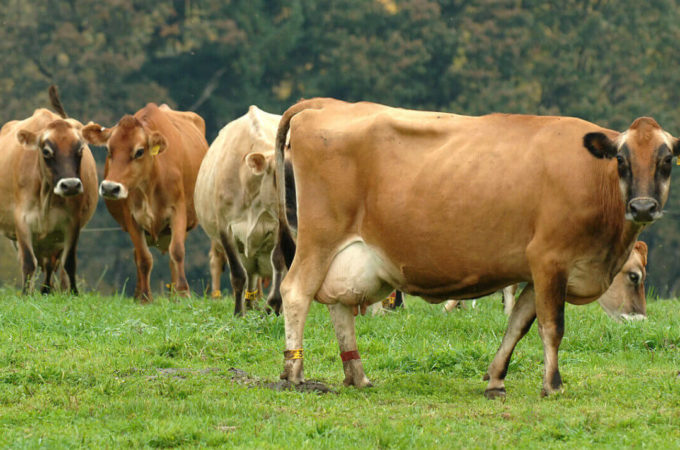
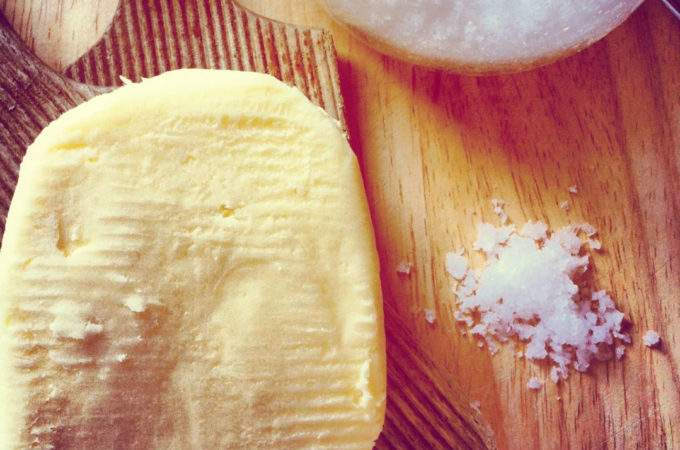
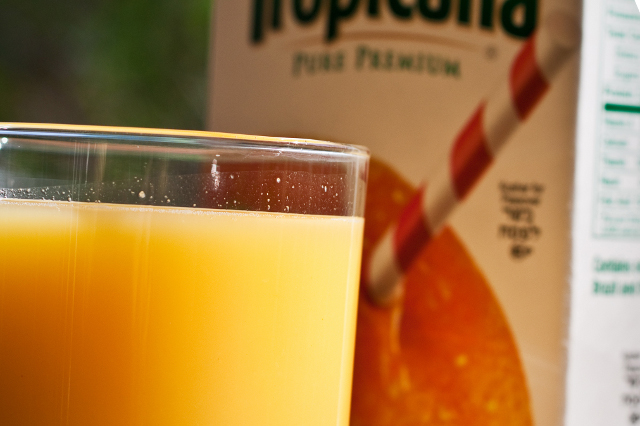
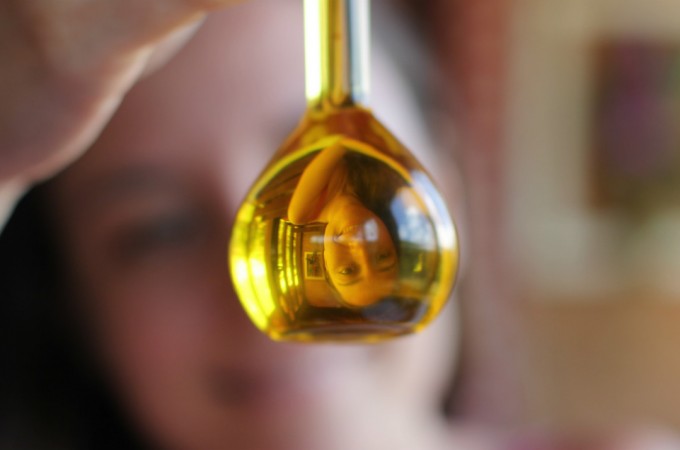
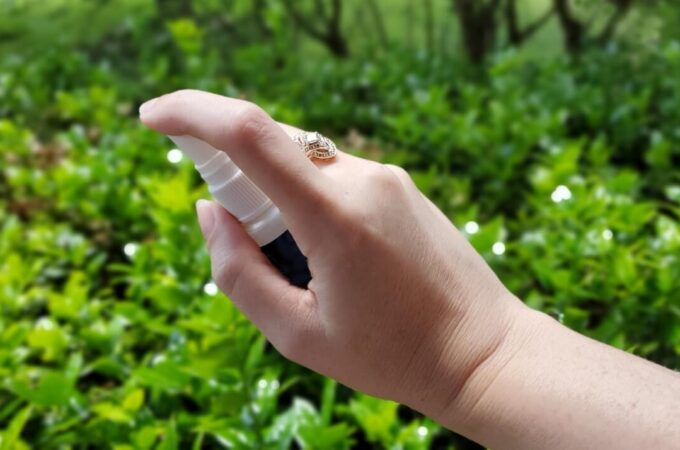
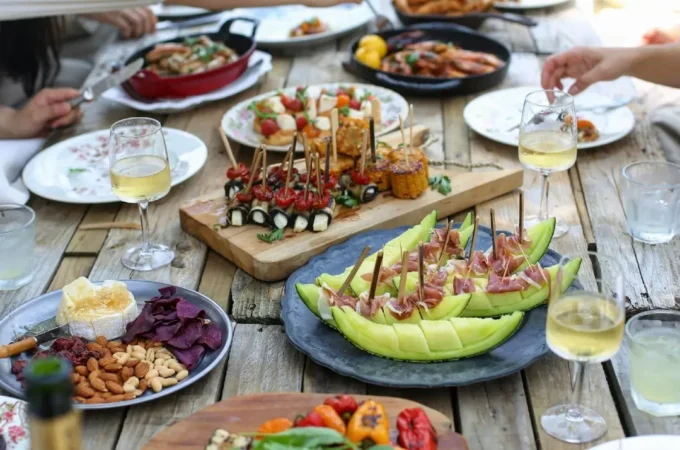
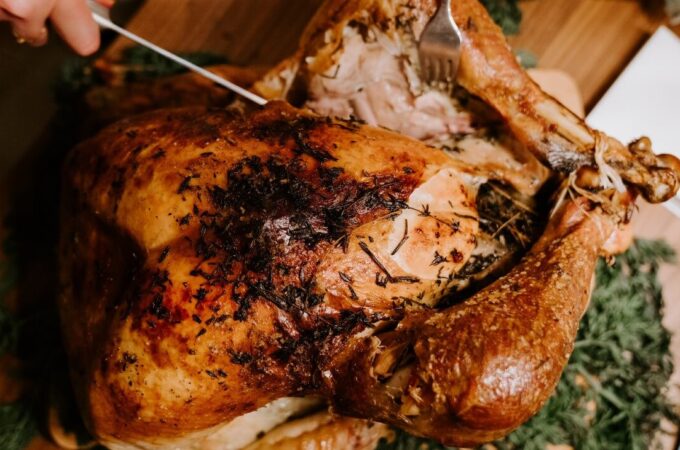

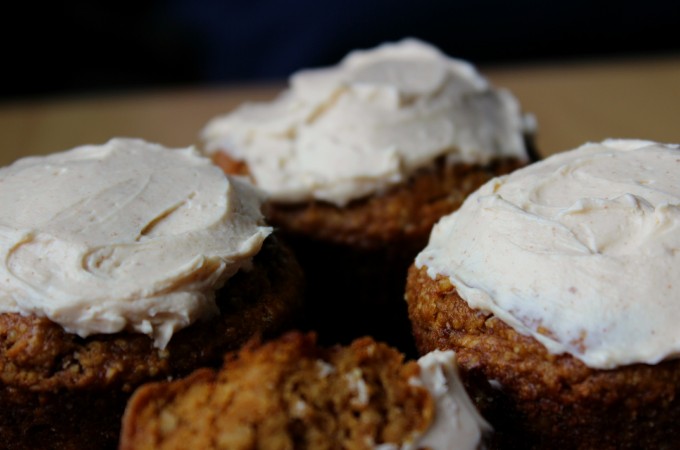
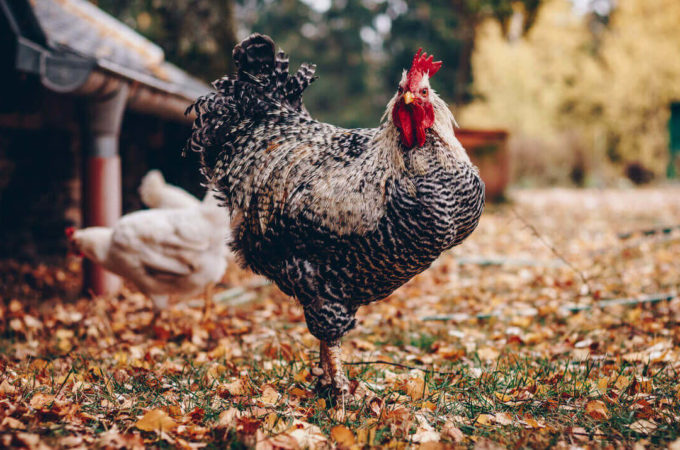
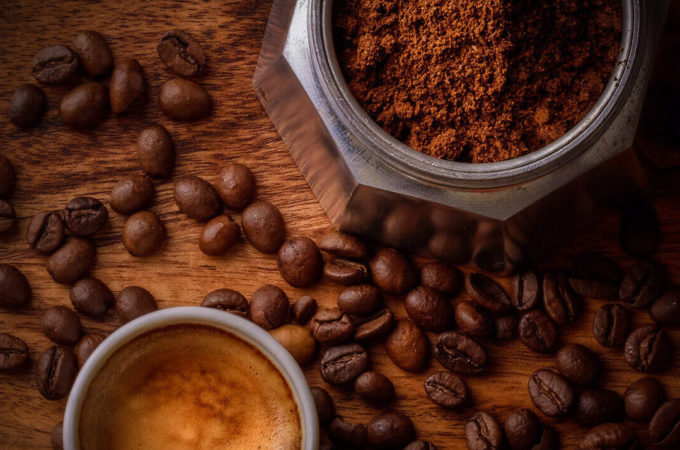
Cool! I’ll share this with my friends with gardens! Btw will there be Fight Back Friday this week?
NVM about Fight Back Friday. I read your comment on Facebook =)
Thank you, thank you, thank you! I’m so excited to go out back and start collecting some seeds!
I’m confused by the comment at the end about not being able to save squash seeds. Is that why I can’t tell if some of my squash this year is Queensland Blue or Blue Hubbard?
Caroline yes – there are many things that open pollinate, like squashes and cucurbits. Bees need to visit those things 8 times each before they are pollinated enough so by the time they come to life they have the pollen from many other squashes on them. If you save squash seeds they will not always turn out as the original plant did. In fact, it’s possible to have one bush with multiple kinds of squash on it eventually, just like a litter of kittens. You can get around this by growing only one type of squash and encouraging gardening friends to do the same, then saving seeds and swapping squash and seeds at the end of the season.
I’m excited to start saving seeds!
Wait… None of my pumpkins produced this year, is that because we have virtually no bees in my neighborhood? I planted heirloom opening pollinating seeds.
Did your pumpkin plants flower?
If they did, & you have no bees, flies, or other winged insects, that could pollinate your plants, you could do it yourself, .. .. .. With a clean feather duster, go from flower to flower, to flower, back to the original flower you started with, & you will have achieved pollination without the use of bees, …
Good luck, …